The last Friday, I went, with my family, to a very special Wedding: the wedding of a niece of mine.
She is married to a guy from Granada.Therefore, the wedding was held in Granada. The ceremony was in the Chapel of the Cathedral:

Inside the Chapel, by Luis Lopez-Cortijo
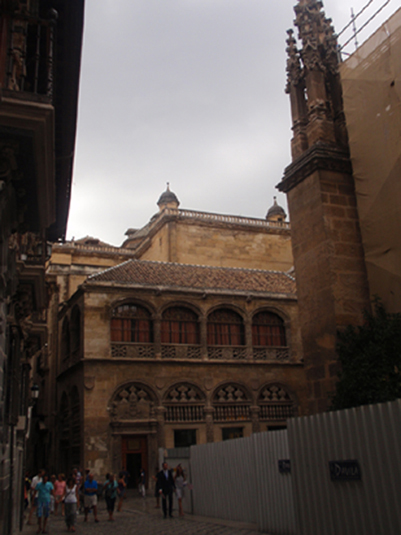
Back of the chapel of the Cathedral, Granada, South eastern Spain, by Luis Lopez-Cortijo
After the Ceremony, we went to a wonderful Hotel, to celebrate the wedding. This is the "Darabenaz Hotel" --although it is also known as "The House of the Marquise", because so was named a daughter of the "Marquis of Cenete" (now she is the owner of this Hotel).She was named "Marquise", but she was not a Marquise. Now I will tell you the story of this house.
Darabenaz history dates back to the early days of the Nasrid dynasty, as it is directly related to the traumatic succession by his son Muhammad I, second sultan of the same name, in early 1273. A few months earlier had come to Granada in front of his hosts the Infante Don Felipe, brother of Alfonso X, which along with several nobles broke the allegiance to the Castilian monarch. Among them was Don Nuño González de Lara "the Good". When the Nasrid sultan died suddenly, Don Nuño provided valuable military aid to Muhammad II to defeat the other pretenders to the throne. Once established in power, the king expressed his gratitude to the noble house of Lara, building for him a building known as the"Palaces of Don Nuño", in South Vega of Granada. It just could not enjoy the gifts received, as escapees shortly Christians, between them Don Nuño, returned to the court of King Wise, reconciled with him.
Since the departure of Don Nuño of Granada, the almunia Nasrid is built that is still preserved. The almunias were recreational farms, close to Islamic cities, main families properties. They had irrigated areas serving both agricultural production and for the enjoyment of their owners, in addition to hosting major residences and palaces.
Belonging to the Nasrid royal family, the beautiful building has one body with two floors and was profusely decorated with arches and beautiful plasterwork. Take Darabenaz name, which could mean a married woman house or House of Ben ACIN or Abenaçin. It was the main building occupied Darabenaz Payment over 1,000 marshes rich lands, thanks to the existence of an extraordinary network of canals that take water even Monachil River. We're talking about a farm of prime importance very close to the city center and other payments and farmsteads.
In 1503 appears the property included in the entail of Don Inigo Lopez de Mendoza, Count II Tendilla and I Marquis of Mondejar. His military successes in the war of Granada, his performance as outstanding ambassador to the Holy See and its membership to one of the most influential noble families of the Crown, the Mendoza, allowed obtaining Captaincy General of the Kingdom of Granada and Mayor of the Alhambra. Don Inigo attaches to the Arab almunia a tower of three floors beautifully decorated inits walls, doors, guttering and flashings according to the dictates of Renaissance art. For some authors, who opened the gap of its kind in Spain. There are still in excellent condition with rich paintings and grotesques in friezes coffered, carved ceilings and arches shields besides Mendoza, the imperial Pacheco and shield of the Catholic Kings.
In 1511, sold the property to his cousin Don Rodrigo Diaz de Vivar y Mendoza, Marquis of Cenete and eldest son of the Grand Cardinal of Spain. Known for his eccentric character, proud and rebellious, tried to raise a fortress, similar to that he had built in Calahorra, without the royal license, triggering an immediate ban of King Ferdinand, by decree issued in Burgos October 24, 1511. Don Rodrigo built the Castillo de la Calahorra, feudalism posthumous flash only fit in the mind of that last spawn of the nobility overbearing and outrageous that the Catholic Monarchs fell to the law at the dawn of modernity.
Fascinated by the Italian court, wanted to become a great patron and surrounded by artists and poets as a small Italian prince. Her love of culture and patronage was passed on to his daughters. Mencia, his eldest daughter, a woman of great culture and personality, in addition to inheriting his birthright and hold titles Marquee of Zanete II, Countess of Nassau and Duchess of Calabria founded one of the first and most important art collections in the Spanish Renaissance.
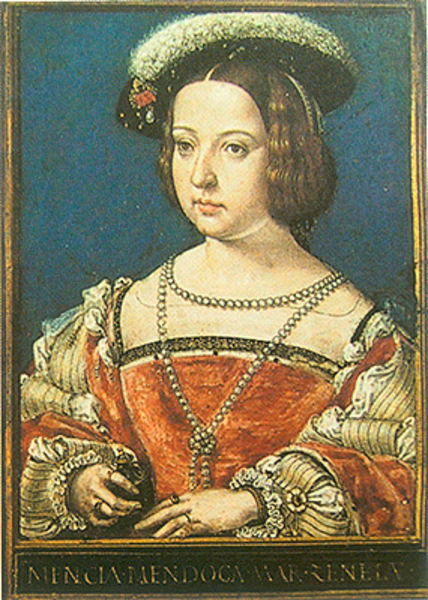
Mencía de Mendoza, Marquesa de Zenete
In the seventeenth century tower was attached to a chapel dedicated to San Isidro and in 1660 erected a stone cross in Sierra Elvira.
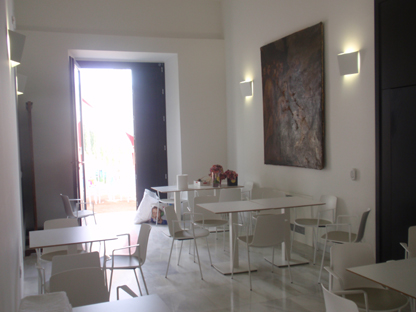
Inside the chapel, Hotel Darabenaz, Granada, Southeastern Spain, by Luis Lopez-Cortijo
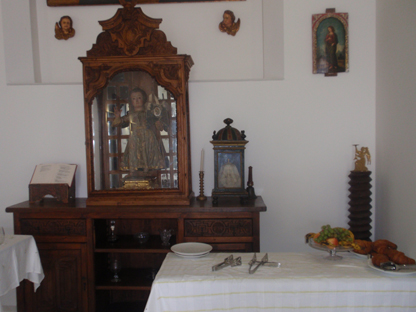
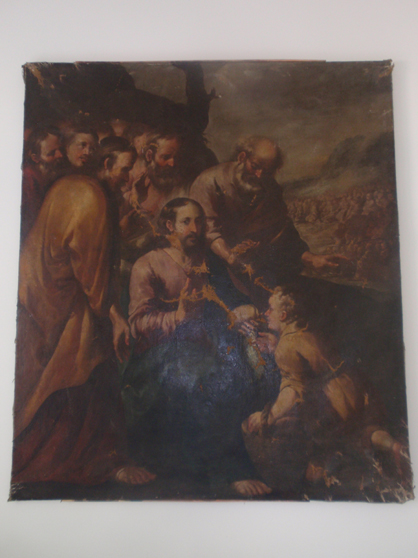
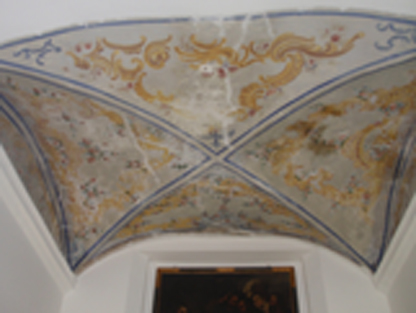
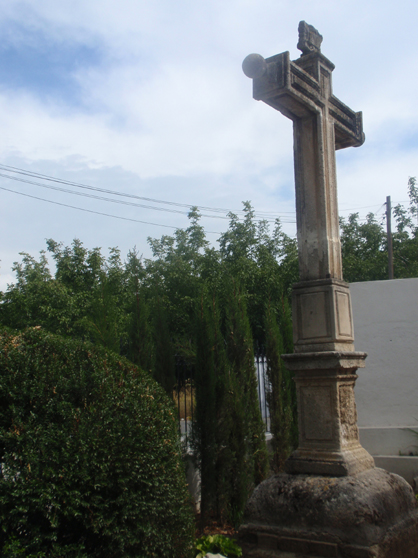
Stone cross from Sierra Elvira
In later centuries the House of the Marquise (named in memory of the Marquises of Cenete) has had many owners who used it as farmhouse, stable and barn.
This caused a very significant deterioration and neglect until it reached the hands of Don Francisco Gonzalez Padilla in the late nineteenth century. The different generations of the Gonzalez family have been restoring the building and discovering the beautiful plaster covering the walls of the main rooms of Darabenaz until now has made a comprehensive rehabilitation has provided many historical data that reveal the importance of almunia old and have been restored to its former glory and beauty.
Wellcome to the wonderful "Hotel Darabenaz", also named "The House of the Marquise" !!!!!! :
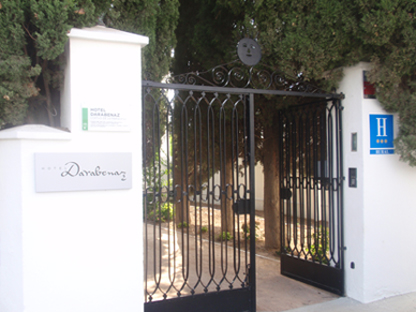
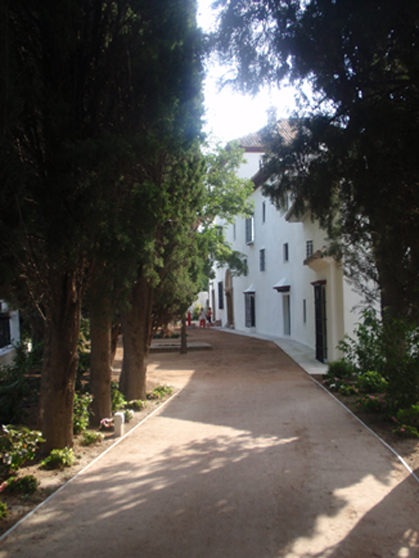
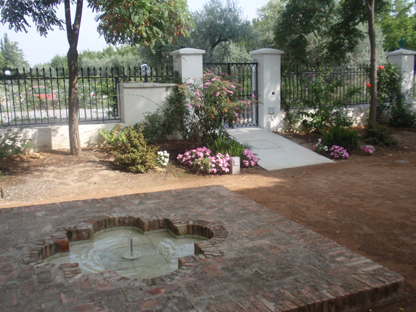
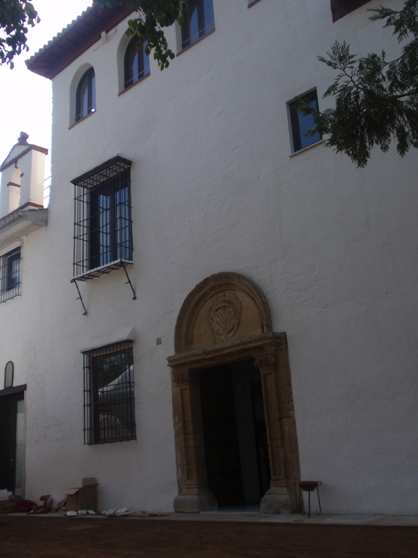
The door to go into the Hotel
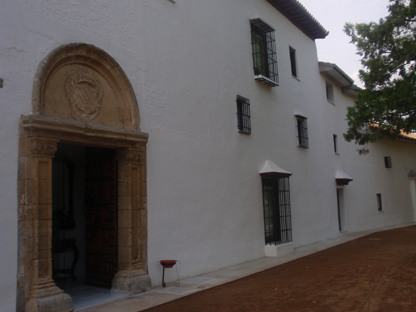
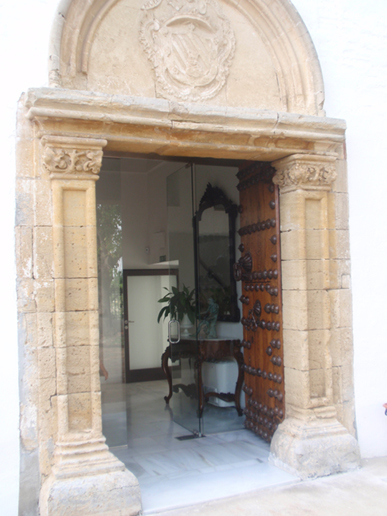
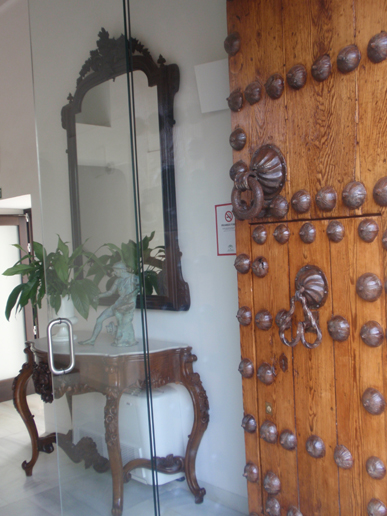
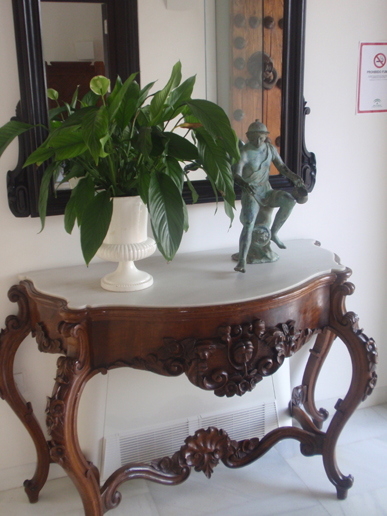
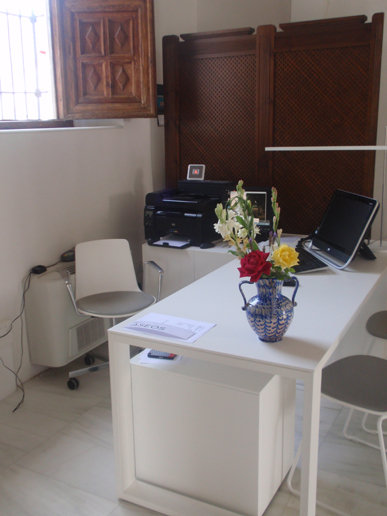
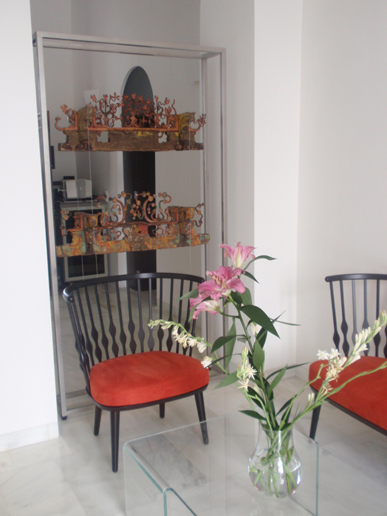
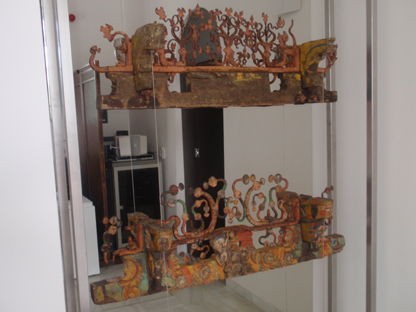
These are ornaments on the front of a horse carriage, owned by the Marquise´s husband, who was a historian and collector of horse parts
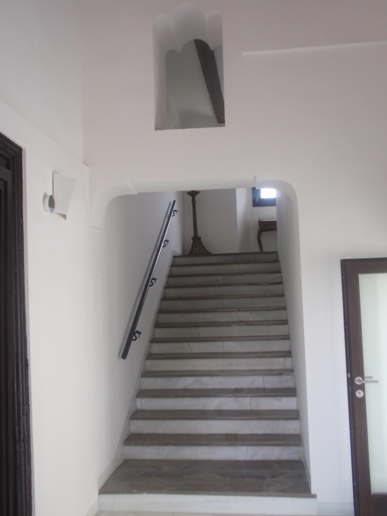
The stairs to the Count of Tendilla´s room

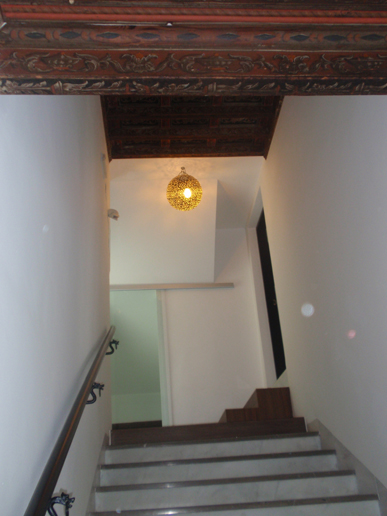
This is the stairs to the Count of Tendilla´s room, to the right side
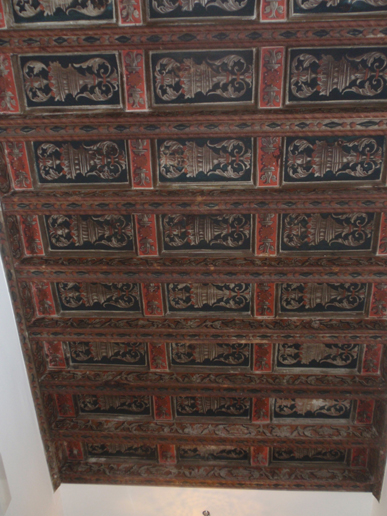
This is the wonderful wooden ceiling of the staircase
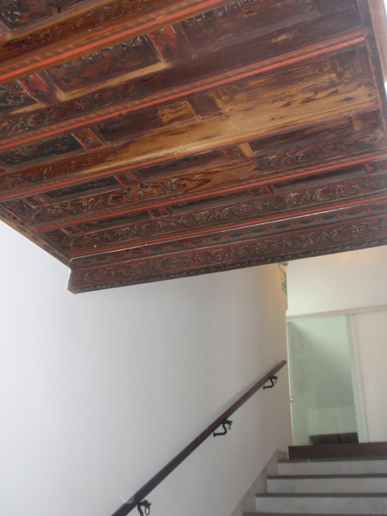
This is another angle of the same stairs
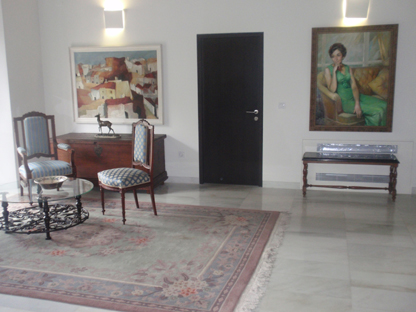
This is the hall where the Count of Tendilla´s room is, to the right side
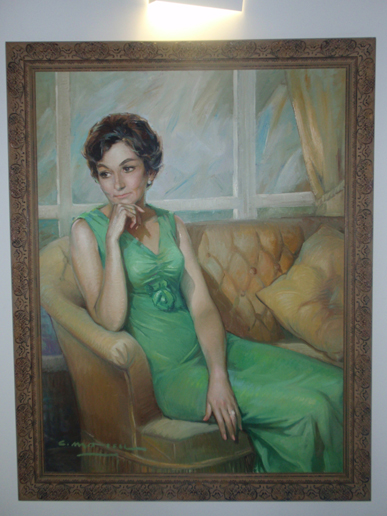
This is the current Marquise, owner of this House

That door belongs to the Marquis of Zenete´s room
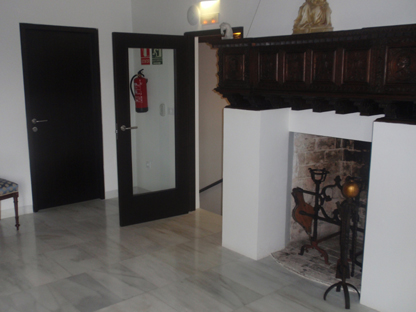
To the left side of the picture you can see the door that is the Count of Tendilla´s Room
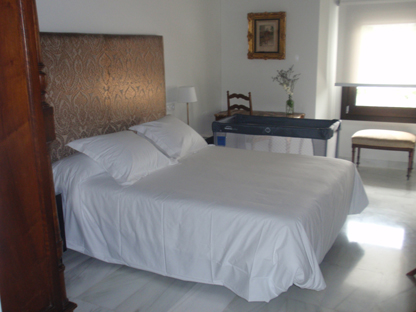
This is the Count of Tendilla´s room. The Count of Tendilla was one of the owner of this house
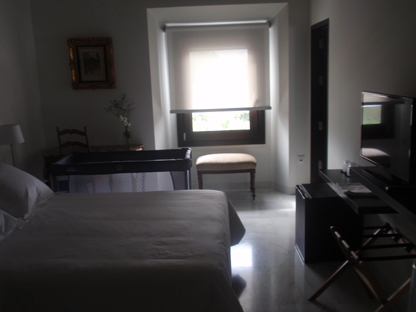
Another picture of the Count of Tendilla´s room.Sorry for this picture with low light
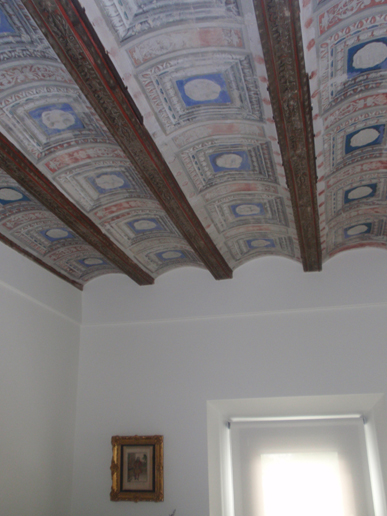
Look how wonderful...!. The roof is of the sixteenth century......
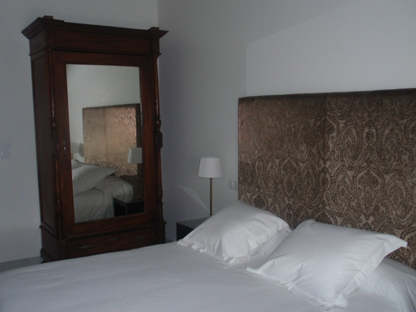
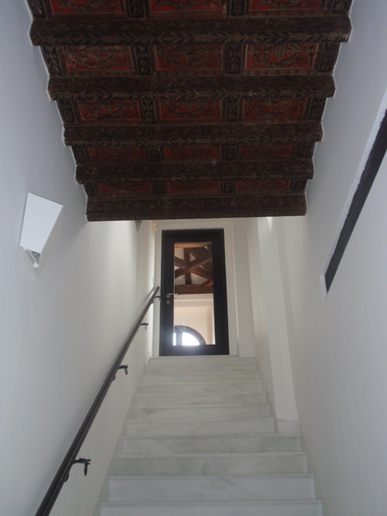
The stairs to arrive to the room named "The Tower".
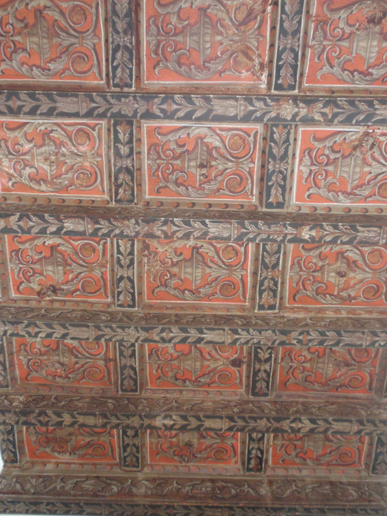
A wonderful roof of the stairs to the Tower
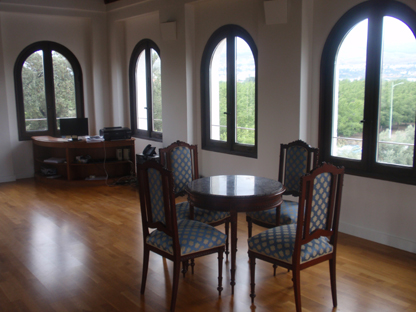
This is not a room for sleeping, but for meetings of companies and other similar events
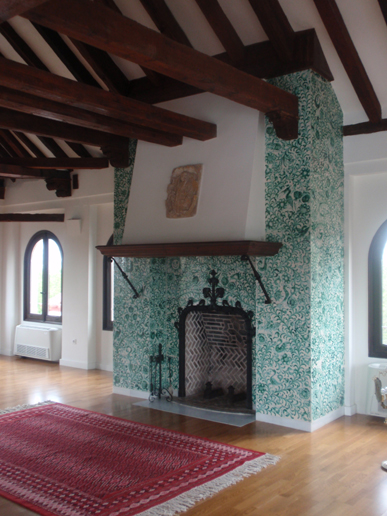
This fireplace was built by the Marquis of Zenete early Twentieth Century
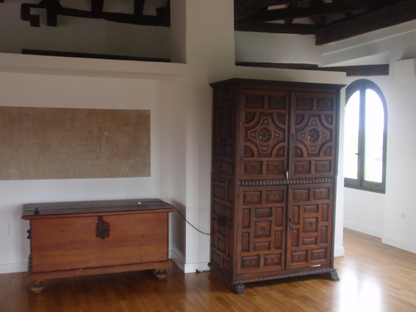
Another corner of the Tower
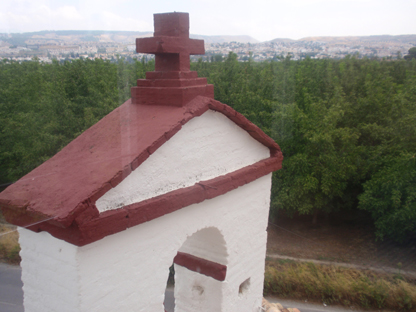
A wonderful view of Granada from the Tower
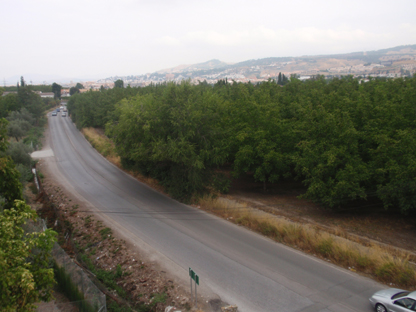
Another view from the Tower.That is the road to Granada

This is the exit to the garden with the pool
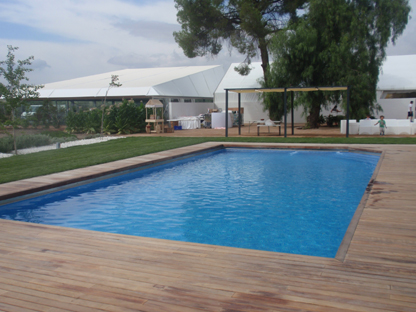
Behind the pool you can see the two tents for dinner and for dancing after
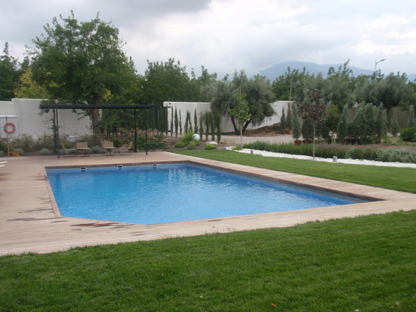
Another view of the pool
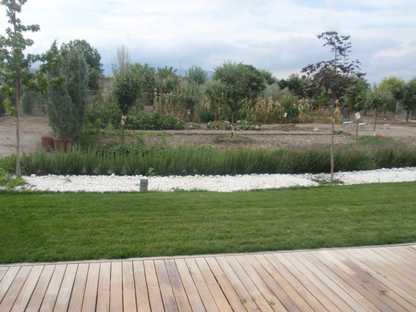
An allotment next to the pool
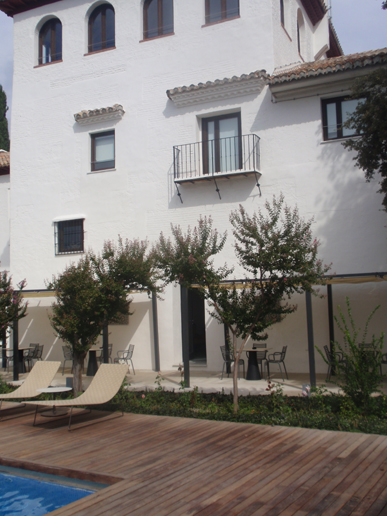
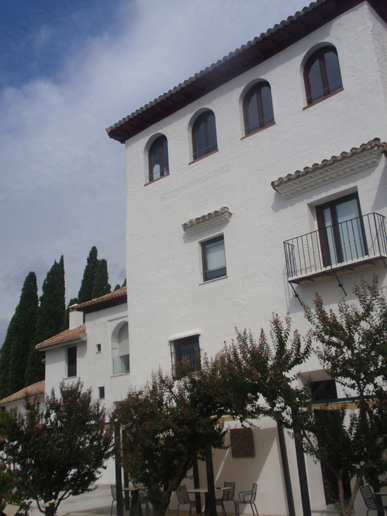
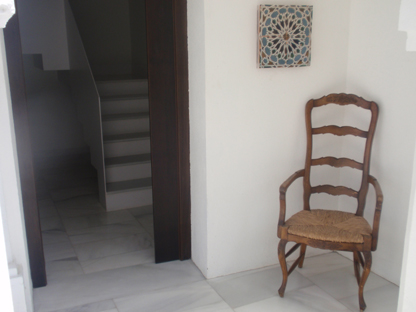
The entrance to another a very important stairs
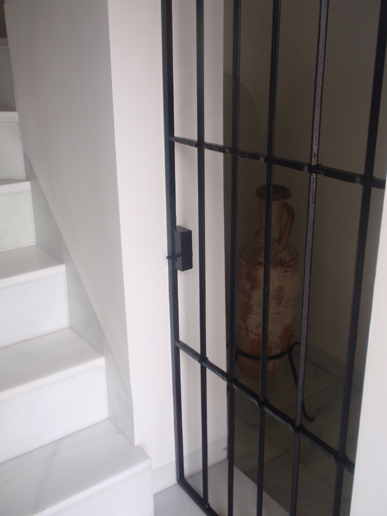
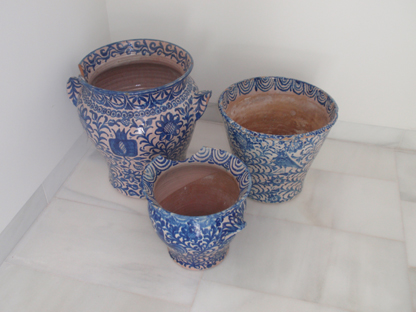
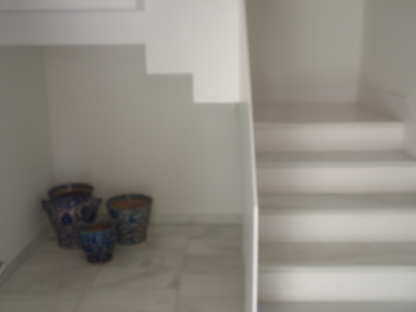
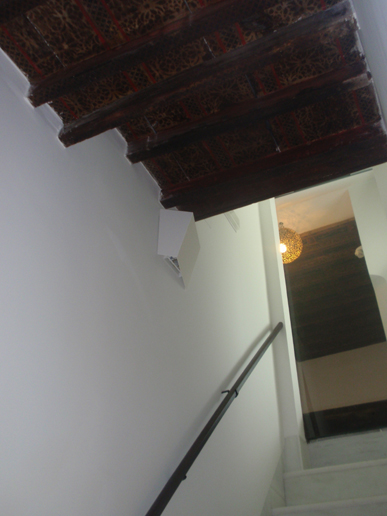
Up and right you can find a room used by bride and groom
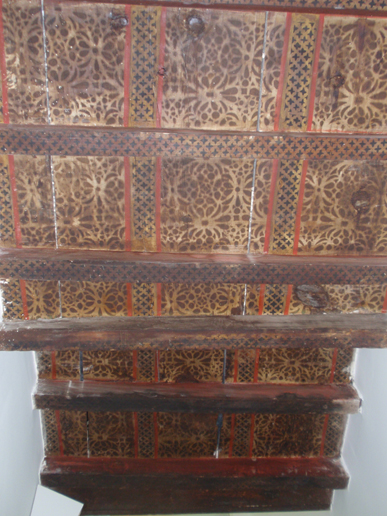
The roof of this stairs
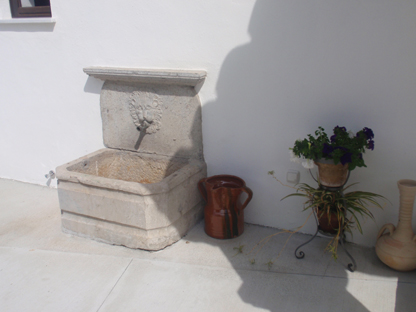
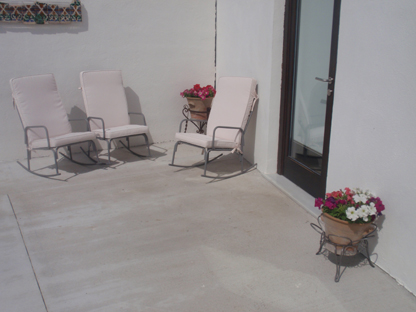
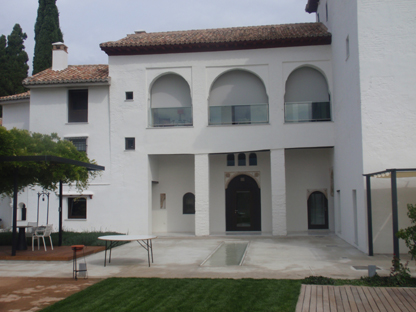
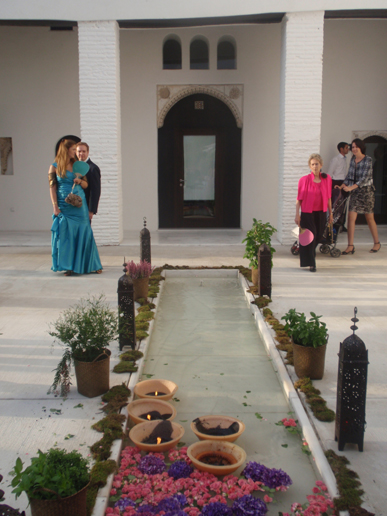
When we go back to the Hotel from the Wedding in the Chapter of the Cathedral
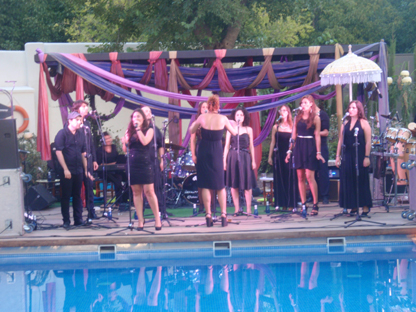
The wonderful Gospel Choir "BLACK LIGHT", who sang before dinner. Awesome!!!!!. If you want to know something else about this Choir, click here
Here you can watch one of the songs that they sang:
http://www.youtube.com/watch?v=twkXjKM7CpY&feature=c4-overview&list=UUCjp2LHuh17z1KFb5sTuoFQ
Hotel Darabenaz:
Road of the Zubia, without number.
Telephone: + 34 958 817 333
I hope that you have enjoyed.
Till soon, thankyou for your wait and kind regards,
Luis.
Sponsored by Costaluz Lawyers.
Please click down here:
